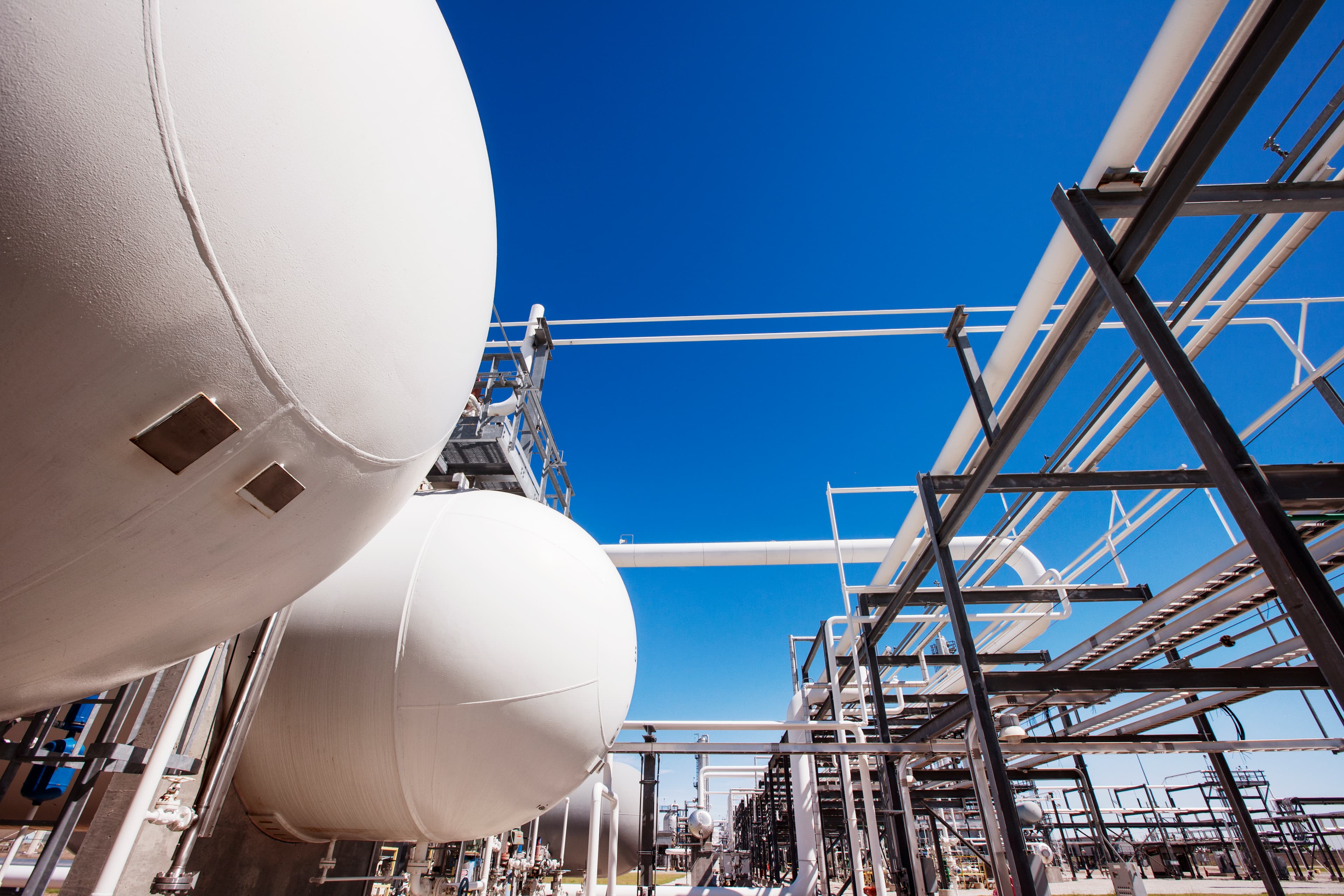What lies ahead for European Power in 2023?
More than 1,100 industry people logged into the three-part Volue Market Expert View seminars in January. Here is a short recap and links to the three sessions: Fuel, European Market, and Nordics/Great Britain.
Publisert
2. feb. 2023

#1 Gas - Slowed price growth
High gas prices, due to shortage, will continue to dictate energy prices in Europe, at least for another year or two. Prices spiked last year, causing public outcry, but it could actually have been worse. As Asia was hit by a new wave of Covid, demand for liquid natural gas fell in many Asian countries. LNG found its way from Asia to Europe. Somewhat limited by capacity in European ports, LNG still helped fill European gas reservoirs. This undoubtedly slowed price growth.
Going forward, Volue believes in lower volatility in gas prices, because of increased production of wind and solar power. This will reduce the need for gas used for heating. Increased imports of LNG to replace Russian gas will also have a dampening effect on prices. During the summer, the energy storages will be filled up. Next winter is the big unknown. A cold and dry winter may cause prices of gas and electricity to skyrocket again.
Antoine Lardeaux, Senior Gas Analyst, Volue#2 Carbon prices fall with gas prices stabilizing and emissions dropping
In the CO2 market, gas prices have restored the position as the main EUA price driver. Later in 2023, we expect carbon prices to fall moderately from recent levels.
On the supply side, regular EUA supply from auctions and free allocation will remain on 2022 levels, while additional volumes will come following a European Commission plan to advance some auction supply to raise cash to fund renewables.
On the demand side, emissions will drop considerably, by and large due to power demand failing to recover and due to a strong net inflow of wind and solar power generation.
Espen Andreassen, Senior Analyst, Volue
#3 Mild temperatures and rain throughout Europe, but soil moisture remains dry
This winter has been characterized by mild temperatures over Europe, except in the Nordics, and storms producing heavy rainfall to South-Eastern Europe, Iberia and coastal France. Large parts of Europe have recovered after the major drought last year, but there are still areas that experience rainfall and soil water deficit. Northern Italy has still not reached normal hydro production levels, and hydro reservoir filling is well below normal. Central Western Europe has a normal reservoir level, but soil moisture content is low, and there is so far less snow than normal in the Alps.
Seasonal weather forecasts predict higher than normal temperatures for the spring, with a high degree of certainty. Precipitation forecasts are less certain, and there is an equal chance of getting normal, lower than normal, and higher than normal precipitation. Snowfall forecasts are pointing towards less snowfall in all of Europe, except for the Nordics, and the predicted snowfall anomalies are particularly low in the Alps.
The hydrological situation for Europe in 2023 will depend on mainly two things: snow melt and rainfall. It is especially desirable for Alpine countries to get a high degree of snow accumulation this winter and a following strong snow melt during spring, so that hydro reservoirs are filled before autumn. For countries where snow melt is not significant, the amount of rainfall will be vital. This is not predictable within a reasonable certainty beyond the next few weeks.
Silje Eriksen Holmen, Weather and hydro modelling, Volue
#4 Continental Europe Will Be Driven by Consumption, Gas, and French Nuclear
Looking ahead to the rest of the year, we expect the price formation in continental Europe to be determined mainly by three drivers: Consumption, gas, and French nuclear availability.
Consumption: 2023 will continue to be dominated by the severe decline in demand which characterized 2022 and exacerbated over the fourth quarter. A recovery towards pre-crisis levels could potentially start by mid/end of 2024 according to most of the attendees of our webinar.
Gas: From our models, we have a bearish signal for the rest of 2023, based on high storage levels, influx of LNG, and an increase in Norwegian and Algerian supply.
French nuclear availability: Considering both the currently available nuclear capacity derived by all published UMMs and the latest yearly energy target published by EDF, we currently consider roughly 325 TWh of production out of the French nuclear fleet.
Silvia Messa, Senior Analyst, Volue
#5 Lowering Prices Throughout the Nordics
Market prices for power in February has dropped considerably over the last five months (see the left side chart below). The downwards trend continued in December (right side chart). The drop is extraordinary – from nightmarish prices to more relaxing prices, even though they are still on historically high levels. Southern Norway has seen a drop of EUR 250 since the start of December. Based on weather forecasts, Insight by Volue expects prices to drop even lower in Northern Norway (NO4).
Less need for the most expensive thermal production, due to improved power balance, may be the main reason for the extreme price fall. The leading price driver in the market right now is gas prices. However, demand is falling. We expect more than 180 TWh reduction in power production from coal and gas in 2023 compared to last year (more than 50 TWh from coal and more than 125 TWh from gas). New renewables will contribute with a larger much share of the power balance this year.
Lene Hagen, Senior Analyst, Volue

About Volue Insight - Want to know more about Insight?
Our team forecasts fundamentals and energy prices for the short, medium and long-term horizons. We offer pan-European market coverage and, fundamentals and real-time forecasts for Japan.
If you want to know more about our spot market fundamentals and prices, check below.